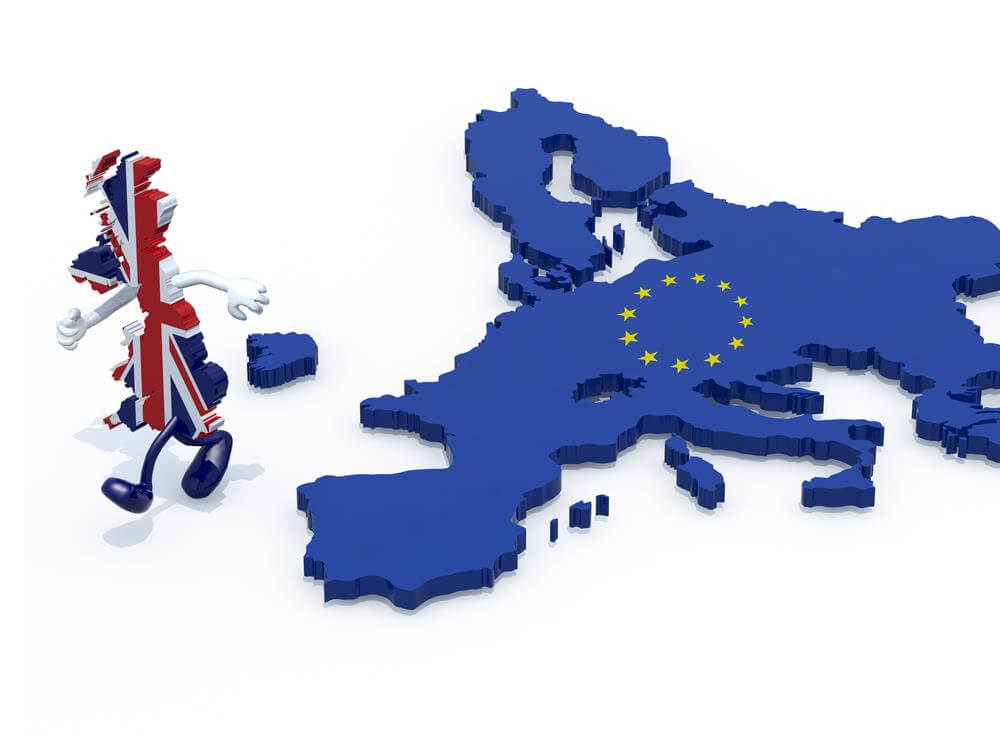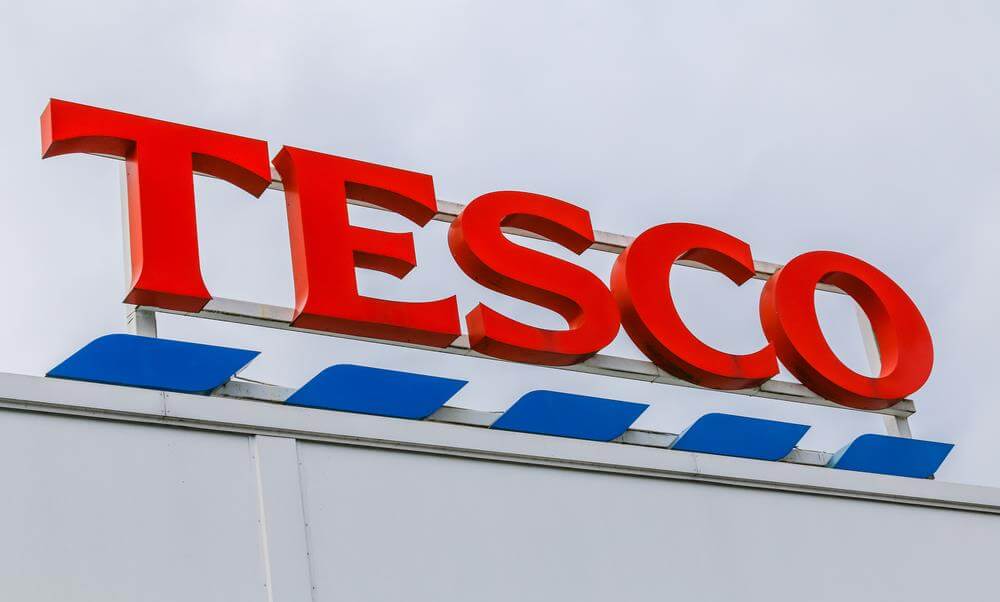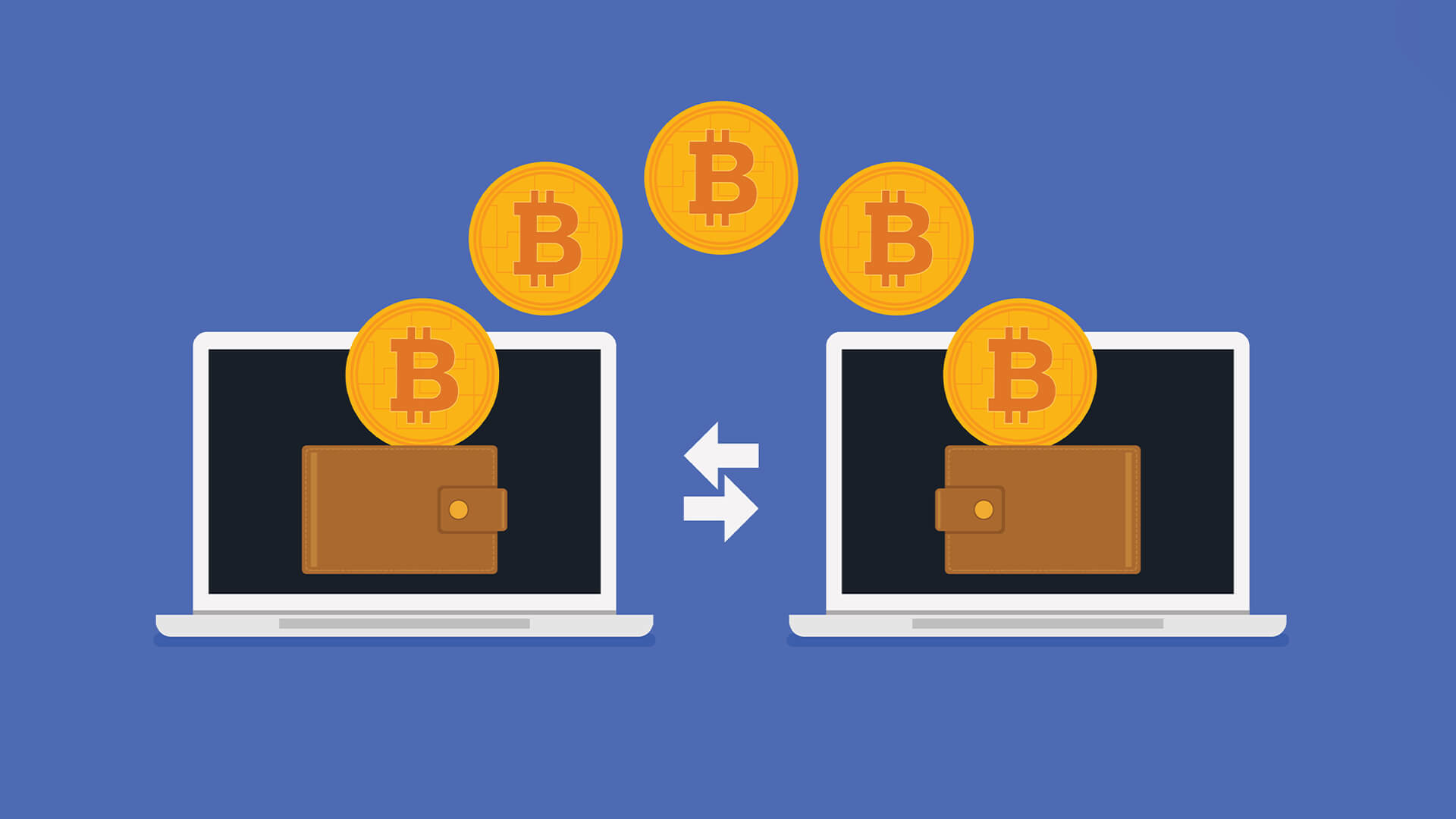
International payments power the global economy, but for many businesses cross-border transactions are still in need of modernisation. Laurent Descout, Founder and CEO of Neo, looks at the progress that has been made so far and the solutions that can drive payment innovation further.
In today’s fast-paced digital world, speed and efficiency are paramount and this is particularly true when it comes to cross-border payments.
In 2020, the G20 outlined its vision for quicker, cheaper, cross-border payments, which would become more transparent and more inclusive. While services have improved for consumers since then, standards in the B2B market have largely remained the same.
Cross-border payments are still slow and expensive. For example, fees for international payments currently average 1.5 per cent for corporates.
Research shows that for most SMEs (72%), it takes 2-5 days for funds to appear on their supplier’s bank statement, with the average being 2.81 days. Unlike global firms, SMEs can’t afford to wait days for payments to land in their bank accounts.
With 50% of SMEs are conducting more business internationally than in 2021, according to a borderless payments report from Mastercard last year, this lack of progress is holding back innovation.
While we have seen promising developments such as the EU coming to a provisional agreement on instant payments, B2B cross-border transactions are still complicated by differing international regulations governing and securing financial transactions.
Cross-border payments must be brought into the 21st century by being simpler, cheaper, and faster for SMEs. While traditional banks are working towards this, fintechs are already providing alternatives for businesses to make secure and speedy payments, helping them to grow internationally.
Aiming for frictionless payments
Industry initiatives are helping traditional banks to improve cross-border payments. The adoption of ISO 20022 has provided consistency, richer data and standardisation, while open banking could ease the way for frictionless payments by providing the instant flow of cash from one bank account to another, bypassing card fees and lengthy settlement times.
Payment service providers in Europe will soon be required to make instant payments in euros. The European Council and European Parliament recently came to an agreement on legislation which aims to unify systems and experiences across the single Europe payments area (SEPA).
While these initiatives are welcome, traditional finance firms are still finding it difficult to meet an increasingly digitalised global market. As well as being costly and slow, SMEs also struggle with a lack of transparency in their transaction reports and currency conversions.
Technology is poised to transform this space
New technology is emerging which is providing SMEs with other options for making secure, speedy payments and increasing transparency of their treasury operations.
The emergence of virtual or digital wallets is allowing businesses to make same-day payments. These, in turn, enable businesses to organise their funds and store multiple currencies, ready for making rapid payments or a currency exchange.
Through an International Bank Account Number (IBAN), SMEs can set up a single international account with their own multi-currency, allowing them to manage cash flows and view trading data, all in one place.
IBAN and digital wallets can also provide enhanced security through encryption, multi-factor authentication and real-time fraud detection mechanisms – securing the business’ activity and assuring international customers that their purchase is being conducted safely.
These advancements in technology are helping to level the playing field and are enabling SMEs to grow and compete globally.
Cross-border payments modernisation led by fintech
Traditional banks simply can’t compete with the faster, easier, and more secure service that fintechs provide.
The outdated and archaic systems create an obstacle in both innovation and meeting the needs of corporates for international trade, creating an environment for fintechs to innovate and enter the arena.
Today’s fintech’s are driving the modernisation of cross-border payments and enabling SMEs to embrace the new technology needed to level up their businesses while fostering international growth and resilience.


























